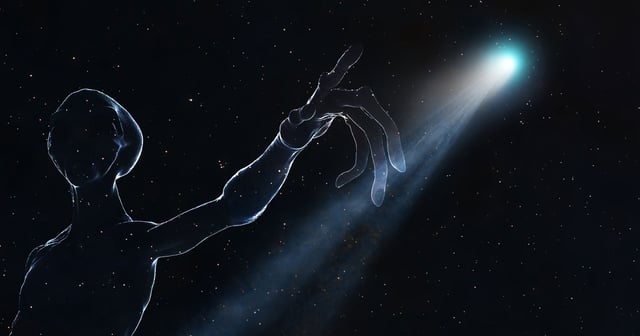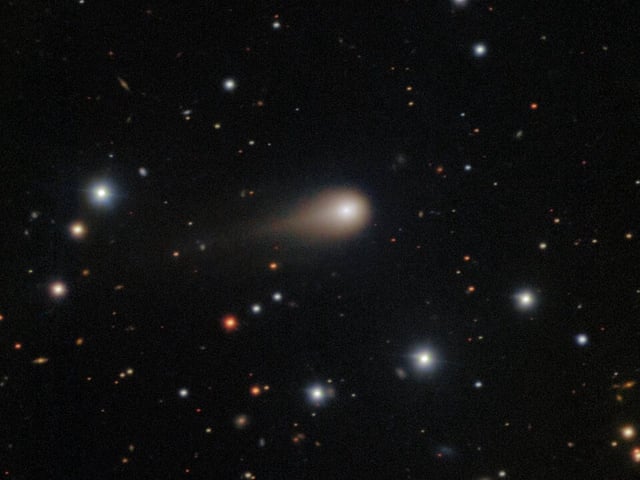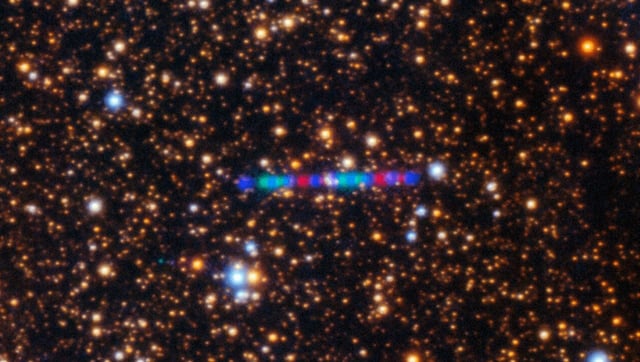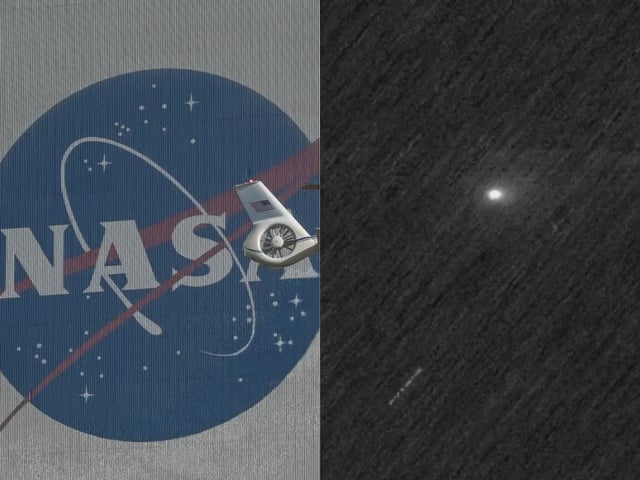Overview
- NASA’s Neil Gehrels Swift Observatory measured hydroxyl in ultraviolet light, confirming active water release at an estimated 40 kilograms per second when 3I/ATLAS was nearly three times farther from the sun than Earth.
- ESA’s ExoMars Trace Gas Orbiter imaged the comet during its October 3 Mars flyby, revealing a visible coma but no resolved tail, with Mars Express and NASA’s Perseverance also attempting challenging observations.
- Researchers propose that microscopic icy grains ejected from the nucleus warm and sublimate to produce the observed water vapor at such cold, distant conditions.
- Scientists characterize 3I/ATLAS as a natural, active interstellar comet with unusual chemistry, including a CO2‑rich, CN‑poor coma, while nucleus size and mass remain uncertain because measurements are dominated by the bright coma.
- Speculative claims of a non‑natural origin—most notably Avi Loeb’s stated 30–40% probability—persist without any confirmed technosignatures, as teams prepare for additional observations around late‑October perihelion and by ESA’s JUICE in November.



